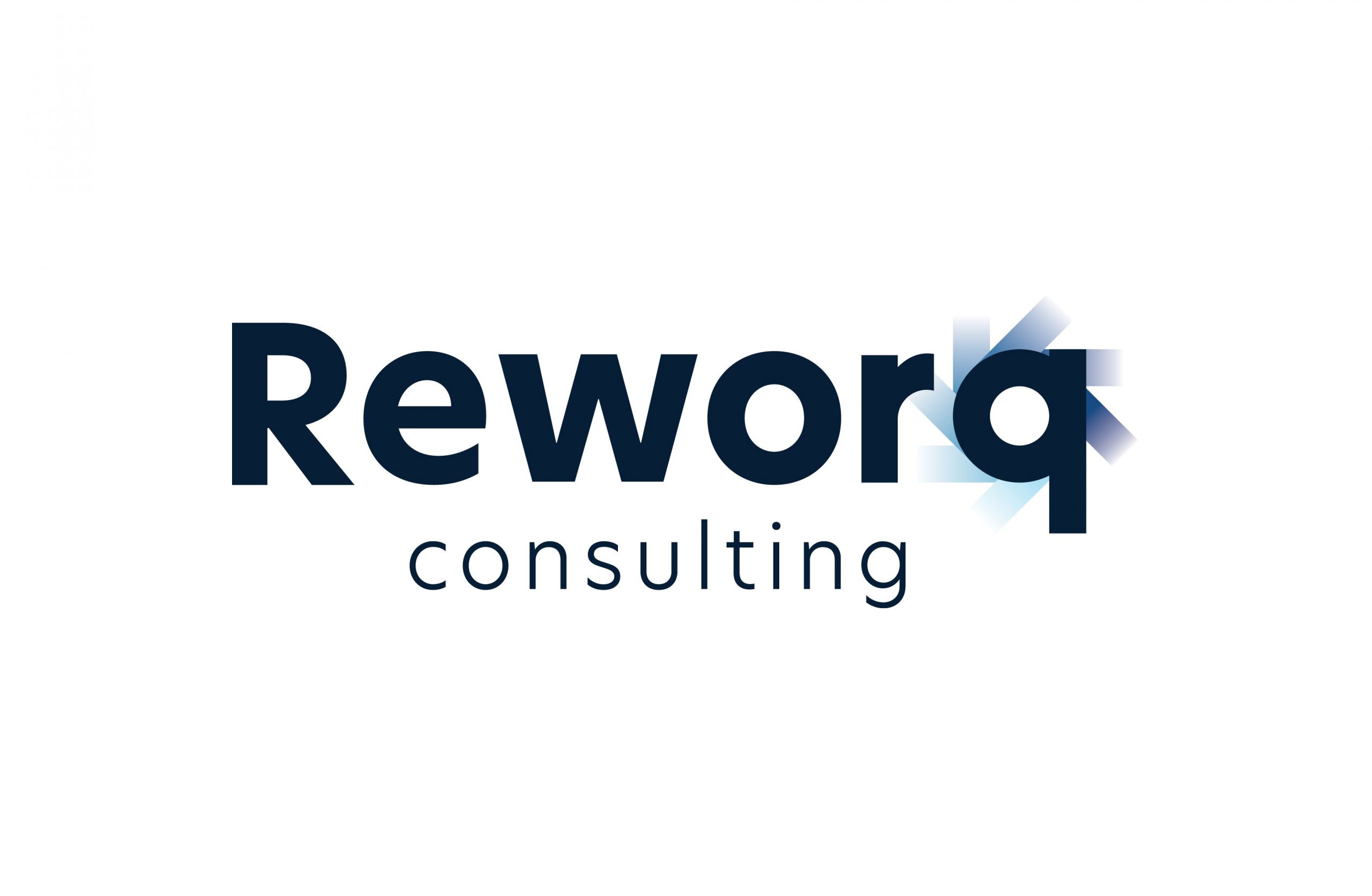Change is an essential ingredient to help your organisation succeed. Change is hard, but it can also mean progress, innovative technology, business growth, and increased productivity. As your organisation continues to grow, the concept of Change Management is necessary to drive adoption and fully benefit from new tools and modern technology, engage new strategies, or launch into new markets – the targeted reasons to change your perspective and direction.
Change Management is an ongoing effort for most enterprise organisations, but it can be a confusing concept to anyone who is not involved in the change activity. Unlike Project Management, which has a formal structure and follows a defined schedule, Change Management can be a more reactive and unpredictable process. This is because Change Management is intended to be “low-profile” efforts, so employees may not even be aware that various Change Management initiatives are taking place.
New responsibilities come with the adoption of innovative technology and digital processes by changing the ways your employees work and until they get accustomed to the changes. By demonstrating the positives signs associated with change and being transparent about the challenges involved in implementing change, it becomes critical to transition your team members on-board and help them embrace change. A Change Management Process is the best way to prepare employees for new tools and processes within any organisation.
Why leadership is the simplified perspective with driving Change?
Effective leadership is essential to successful change.
The ability to drive change across the organisation is a key leadership skill. In fact, most leaders will be called on to initiate or oversee large-scale organisational change at some stage of their careers. In times of change, leaders must truly lead (by example), and their success gauge is hinged to this single point. They must be willing to step forward and action first – changing not only what they say, how they say it, but what they do as well!
However, the strategic vision of what it really takes to create and sustain organisational change is not always accurate. The role of leadership in Change Management involves active and visible sponsorship while guiding employees through the transition of the change journey. Change initiatives often spark resistance and various emotions by employees, so successful change happens when Managers can empathise with the employee, coach, mentor and develop their trust and confidence with helping to deliver change.
Every C-Suite Executive or Leader or Business Owner can improve their ability to create change by focusing on a few key skills. They should consider the following five (5) key elements when managing change, such as:
1. Communicate the Change strategy
When Leaders communicate strategic and targeted-level communications to their teams, they ensure the message aligns with specific audiences. Both the delivery, type, and purpose of the Communication Plan helps define your alignment to change.
2. Collaboration across team boundaries
Executive Leaders and Change Managers collaborate across the enterprise boundaries, engage in changing mindsets by encouraging employees to break out of their department ‘silos’, and refuse to tolerate (and accept) unhealthy competition. By including employees in the decision-making process early on, this not only strengthens their commitment to change but increases their confidence in the new change direction.
3. Lead & act by example
When your Leaders participate in change initiatives, execute the strategic vision, and model the disciplines of change, then organisations begin to realise more “buy-in” from their employees and more deeply embedded behaviours (and values).
4. Coach & mentor the next managerial level
As an organisation adapts to an innovative approach to business change, then its people also need to adapt accordingly. With coaching and mentoring your Senior Managers or Middle Managers to help embed new practices, this allows your employees to thoroughly learn what is happening, why, and how to change.
5. Monitor for organic & sustained change
Identifying both positive and negative effects throughout the Change Management Process will provide your Leaders with the information needed to determine the best course of action. This may be to correct or adjust (redirect) the Change Project and / or celebrate successes (which can be reproduced to influence future projects). When Leaders or Managers check to ensure desired behaviours are been actioned and sticking, it helps drive greater change adoption even among your resistant employees.
Why is Change Management so challenging?
This is not a new concept, but it there is also no guarantee that your employees will get on-board with a requested (or even a mandated) change. Employees are especially resistant to changes that they see and based upon their perception of your Executive Management Team or C-Suite Executives ego’s. Also, resistance to a particular change is not always immediately obvious.
It is a typical reaction or way that people combat change initiatives they do not agree necessarily agree with but do not feel they have the political power to actively oppose the change. This is a widespread problem among organisations that have a history of making lots of changes – that did not work or were not 100% completed.
Address resistance to change
In some cases, employees see their new Change Plan as a short-term problem that will hopefully blow over if they stall the progress or wait long enough for something to happen (maybe?). They may verbally co-operate with a change initiative but never quite get around to making the change, been too busy with day-to-day work activities and excuses.
If you are dealing with a history of unsuccessful changes, it is important to acknowledge the past instances and approach the new normal with a Change Management Process that addresses your employees’ resistance and accounts for change fatigue.
Leadership needs to make tough decisions
Your Executives or Leader’s own resistance to change can stall new change initiatives as well. This is more apparent in situations where organisations are trying to make cultural changes, the path is long and fragmented, and not everyone will get on board. Therefore, your Executive Management Team needs to be prepared to say “goodbye” to those employees who will not adapt to change.
By keeping stakeholders or employee’s on-board that have been tagged as “high-profile saboteurs”, then everybody is going to assume and decide your Leader’s are not interested in this change. And your teams will not commit or action the change. But, if you have hesitation with this action or are not willing to make that commercial choice for the benefit of organisational growth, then you are not ready for cultural change.
What are the key factors with Organisational Change Management (OCM)?

Under normal circumstances, driving change in the workplace is already quite challenging but organisational transformation needs to be more AGILE.
Recent changes from the traditional ways of working together as an organisation including remote work, economic factors, and technological advances have meant many businesses were left with have no choice but to review both their short-term and long-term strategies. Most companies have already changed their organisational structure and work arrangements due to the result of the recent COVID-19 pandemic, but this work model must be constantly monitored and to ensure it is “fit for purpose”.
Continual review of the Strategic Plan is business critical!
Uncertain business survival is still being navigated and timing has not abated and resulting in organisations having to review their Strategic Plan continually. With particular emphasis on areas such as – employees can continue to deliver their work (by remote), or move to a hybrid work model, how they hire and on-board new employees, and rethinking the way their teams are functioning and collaborating – are business critical.
Organisation’s must act fast, make quick decisions, and consequently change can be implemented with no smooth transition, which is highly challenging for both businesses and employees. In thinking about the duration of change, employees including Managers must instantly adapt to new ways of working and communicating, whilst Change Management programs may take months or even years to be implemented – whether it is the launch of innovative technology, processes, or the implementation of a new internal structure.
5 C’s of Change Management communication
Change within an organisation can be difficult to navigate and execute. However, with exploring and understanding the 5 C’s of Change Management this can help make the process smoother, more effective, and help transition change. Change Management goes well beyond just implementing new strategies – it requires a deeper understanding and appreciation of the human side of change.
For your Executive Management Team and Leaders to effectively support and motivate individuals to both embrace and support change, they need to focus on creating resilient communication strategies. These strategies are crucial to create buy-in, eliminate frustration and confusion, and create awareness around the change initiative.
Critical role of the 5 C’s
Organisations can use the 5 C’s – Culture, Communication, Courage, Conviction, and Compassion – for clear and concise change communication, which plays a critical role in leading teams through transition periods of strategic change.
- Creating a strong and resilient organisational culture helps employees understand, believe in the purpose, and embrace change.
- Effective communication methods include regular updates, interactive forums, Town Meetings, and immediately addressing concerns or feedback.
- When leading change initiatives, Leaders need to be demonstrating compassion, courage, empathy, and resolve is crucial for your employees viewpoint.
- Pitfalls to avoid include lack of transparency, one-way messaging, neglecting key stakeholders and employee’s needs.
- Deliver on the over-communication of change messaging can counteract these pitfalls and build excitement and confidence around the change.
- By tailoring specific change messages to your stakeholders and employee’s needs, organisations can ensure clear, concise, and effective change communication.
Summary
The fundamentals of effective Change Management help unlock the full potential of your organisation’s adaptability.
Organisational change is not always easy, but it is a strategic investment. The Executive Management Team drives sustainable change and growth for your organisation change is an important aspect of any business. The ability to change and adapt to change is important, but it also requires that leadership-driven and strategic approach across all levels – must have absolute clarity in purpose, focus, and delivery to secure employee buy-in.
Change Management can be an overly complex process that involves many different people at various levels in an organisation. Change can take months or years to accomplish and will require many hours of work to implement and maintain. But the rewards that an organisation can reap are certainly worth the output of time, energy, and cost.
With implementing change effectively, this requires more than just a series of directives or initiatives. It demands a structured and strategic method that engages stakeholders, fosters cross-functional collaboration, and addresses your employees’ resistance to change. No matter what organisational change your business intends to roll out or which Change Management methodology you decide to implement, a systematic approach and as well as a thoughtful, measured process is the key to effective Change Management.
Need some guidance on your next steps? Let us start a conversation…



